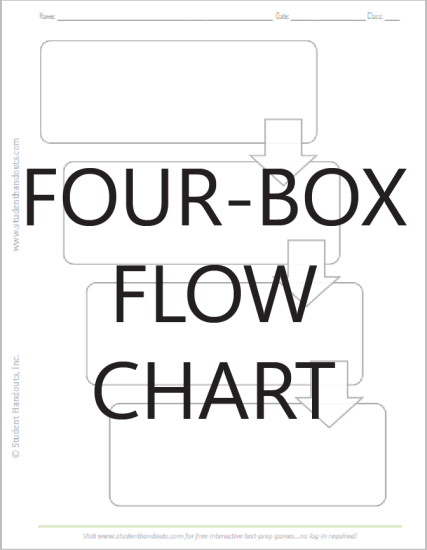Procedure Mastery: Flow charts are particularly useful for teaching students step-by-step procedures, such as conducting experiments, following algorithms, or carrying out tasks in a specific order. This is essential for subjects like science and technical skills.
Project Planning: Flow charts can be applied to project management, helping students plan and organize projects effectively. They learn how to set goals, allocate resources, and monitor progress.
Interdisciplinary Learning: Flow charts can be applied across various subjects, promoting interdisciplinary learning. Students can use them to represent historical events, literary narratives, and more.
Concept Mapping: Flow charts can serve as concept maps, connecting related ideas or themes. This fosters a deeper understanding of the relationships between different concepts.
Communication Skills: Creating and interpreting flow charts helps students develop communication skills, as they need to convey complex ideas clearly and concisely. This skill is valuable for academic and professional communication. |












